Imagine living in a city where you can’t even see the sky because thick clouds of smoke and dust are constantly obscuring your view. No one wants to live in a city with horrible air quality, not even virtual residents in Cities: Skylines 2.
To prevent an air pollution crisis in Cities: Skylines 2, you’ll need to employ certain practices and methods when building your perfect city. Fortunately for you, this guide is here to help.
What is air pollution in Cities: Skylines 2?
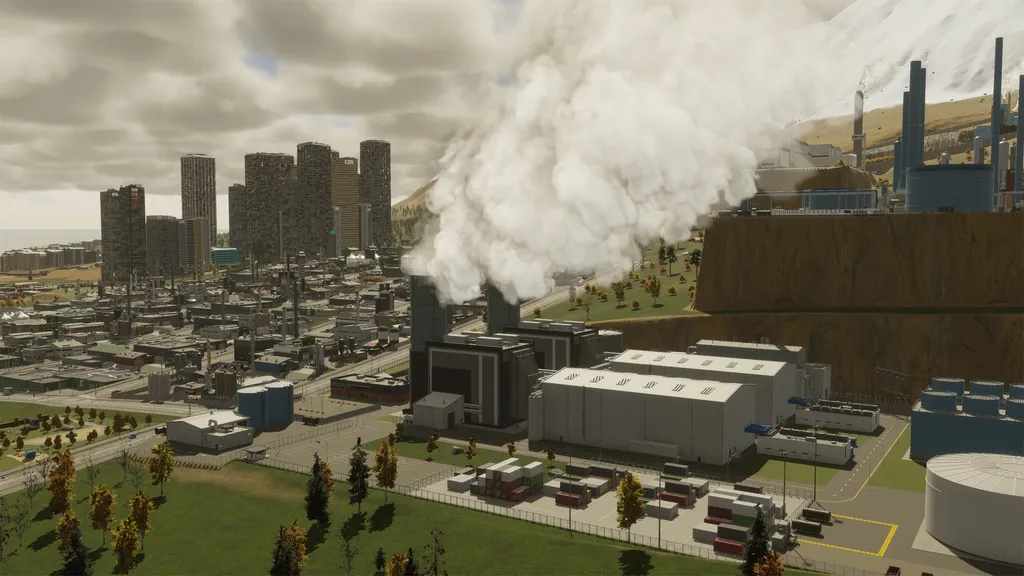
Air pollution in Cities: Skylines 2 is a product of industry, traffic, garbage management, and certain power plants. Poor management and placement of these facilities will cause citizens’ happiness and health to decrease, eventually seeing them dying from the consequences of poor air quality.
When it comes to reducing air pollution, one of the most critical factors you need to consider is the wind, as the direction in which the wind is blowing is the direction in which pollution will spread across your city.
Unlike ground pollution, air pollution will disappear quickly after removing the source, and the speed at which this happens is also affected by wind speed and if rainy weather occurs.
How to reduce and get rid of air pollution in Cities: Skylines 2
Manage traffic and public transportation in your city

You can reduce much of the air pollution in your city by simply making sure you have good traffic flow with as few traffic jams as possible. This will help to reduce the amount of emissions from vehicles. This is easier said than done, however, as reducing traffic jams and ensuring smooth traffic flow requires intentional correction of how traffic flows in your city. It’s a challenge but certainly possible if you plan ahead and think about how you’ll build your road network early on.
You can also prohibit heavy traffic and combustion engines from your residential areas using the “District Tool” on your toolbar. To see these two optional policies, create a district and then select it.
Furthermore, you can also encourage people to use public transportation instead of traveling in their own vehicles, which would again require your input in the form of building more public transportation systems.
Balance industrial and residential zones
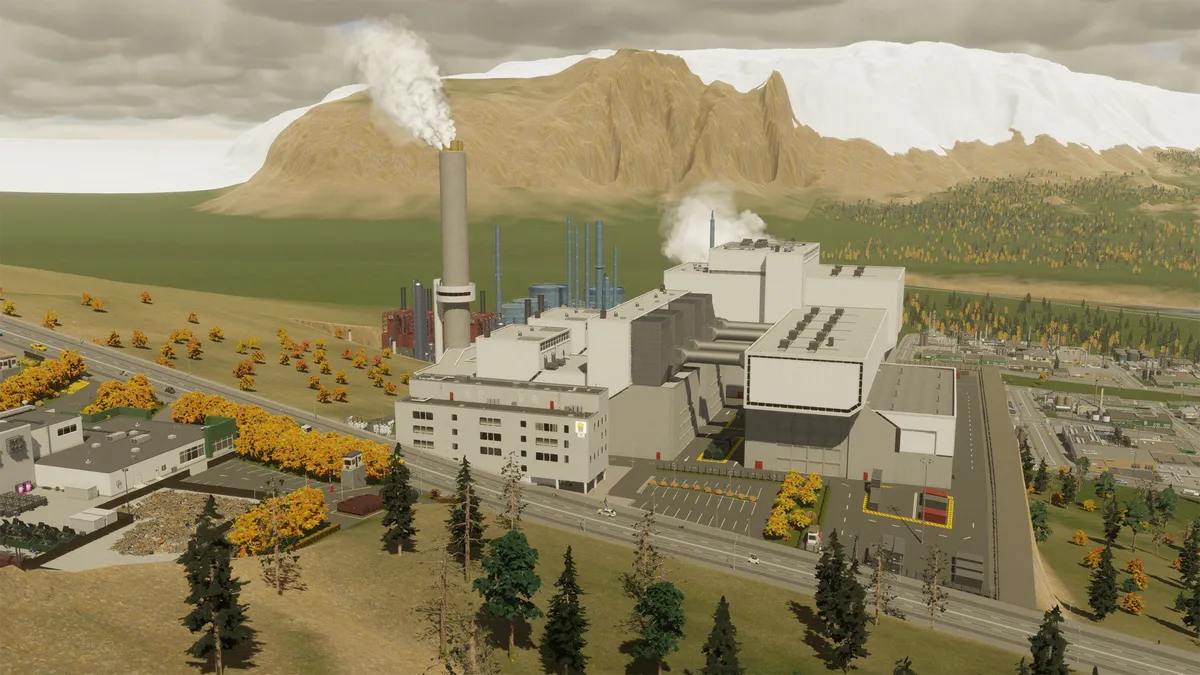
You need to focus on the direction of the airflow and place your industrial zones downwind from your residential zones to avoid risk. This helps a lot later in the game when it comes to air pollution. You can do this by checking the zones in Cities: Skylines 2 and selecting industrial zones. Check the wind direction here by looking at the brown arrows. Then, place the industries in a way that causes the wind to blow away from the residential area.
Unlike other types of pollution, air pollution cannot be managed by building something extra. For this reason, you should plan your city wisely to avoid unnecessary costs and health hazards.
Prioritize commercial and office zones

Once your city has grown significantly, you can assign more commercial and office zones instead of industrial zones to reduce air pollution. This will require a high number of citizens who will turn into customers, as well as a more advanced economy with highly skilled workers. Commercial and office zones generate less pollution than industrial zones, so this is a good way to improve the air quality in your city.
That said, it is important to keep in mind that this will also change the character of your city. Commercial and office zones are often associated with noise and traffic, so you may want to consider this before making any changes. You are saving one type of pollution (air) only to bring in another kind of pollution (noise). The increased traffic shouldn’t be an issue if you’re following our previous point about managing your traffic flow.
Implement sustainable resources and renewable energy
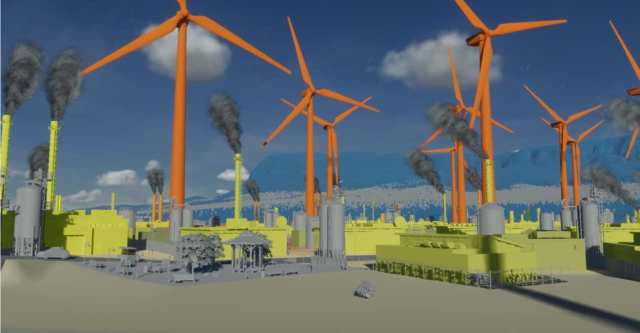
Early on in the game, you will need to rely on coal plants for electricity. However, as you progress, you should try to replace them with more sustainable sources of energy, such as wind turbines and solar panels. These produce green energy and do not cause air pollution.
Recycling centers and nuclear power plants are also adept at tackling the issue of air pollution. Recycling centers reduce the need to extract (mine, quarry, and log), refine, and process raw materials all of which create substantial air pollution. Nuclear power plants produce electricity without burning fossil fuels, which also reduces air pollution.
Nuclear power plants do produce radioactive waste, however, which must be carefully managed and disposed of. Recycling centers also produce some air pollution, but far less than if the materials were not recycled.
All of these options are much more efficient than coal plants, meaning that you will need fewer of them to power your city. Additionally, they can be placed in areas where there is a lot of wind or sunlight, which can save you space. Finally, they are a good way to reduce your carbon footprint and help the environment.
Although renewable energy facilities are the best option in the long run, they are often very costly and have high monthly maintenance fees that can quickly deplete your budget. As a result, it is important to consider these factors and only implement renewable energy solutions once your budget allows.
Rezone your city

While this may be a more challenging and time-consuming undertaking, if your citizens continue to complain about air pollution, this is the best course of action. First, build some industrial zones further away from residential areas. This will help to reduce the amount of pollution emitted into the air near where people live.
Once these new industrial zones are up and running, you can then begin to replace the old industrial zones with them. This will help to further reduce the amount of pollution in the air and improve the quality of life for your citizens.
Plant trees between industrial and residential zones

Planting trees between industrial and residential areas is not the most effective way to control air pollution, but it can help to reduce it in residential areas. Trees absorb pollutants from the air, making it cleaner. They also provide shade, which can help to reduce the heat island effect in cities. In addition, trees can help to reduce noise pollution.
That said, it is important to note that planting trees is not a cure-all for air pollution. Trees cannot remove all pollutants from the air and they can only reduce pollution in the areas where they are planted. In order to effectively control air pollution, you need to take various measures, including reducing emissions from factories and vehicles and improving air quality standards.
You should only use this method as a supplement to other methods of tackling air pollution, and try the strategies mentioned above before this one.
How to spot air pollutants in Cities: Skylines 2
To check the wind direction and the direction of any potential pollutants in Cities: Skylines 2, click on the “i” symbol in the top left corner of your screen to toggle Info Views. After opening the menu, go to the bottom left corner to select Air Pollution. This will show you the wind direction as well as the sources of air pollutants ready to spread into your city.
How to tell if your city is polluted in Cities: Skylines 2
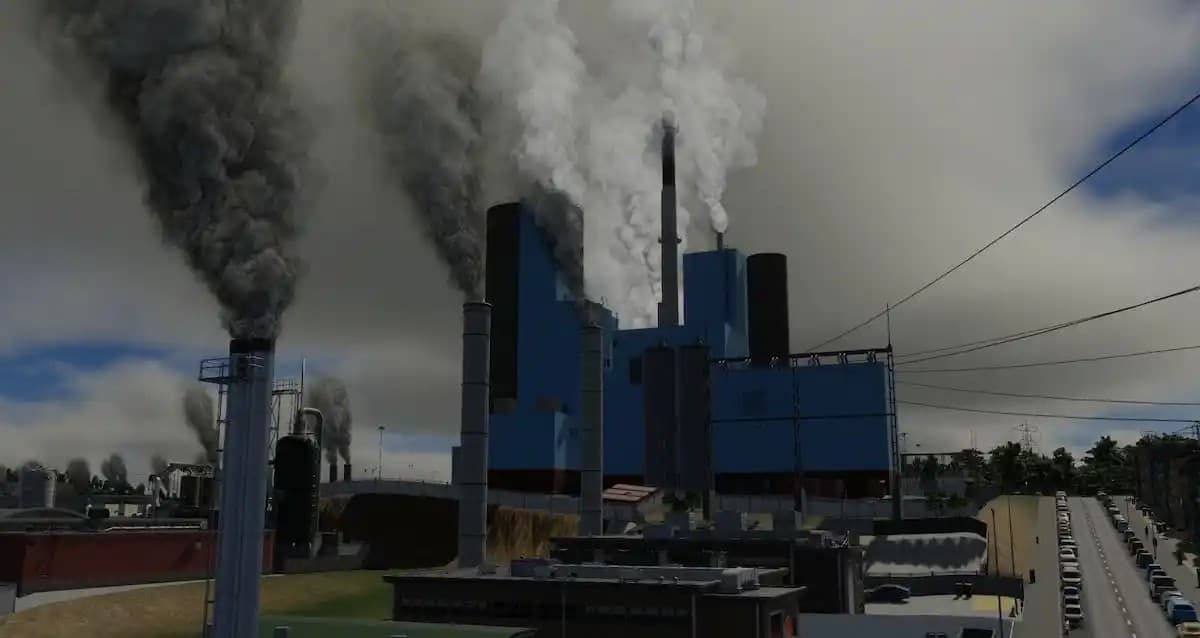
You can tell if pollution is a problem in your city by paying attention to what your citizens are saying about it. The game’s version of social media—Chirper—is your primary mode of communication with your city’s residents, so be sure to read the pop-ups you receive from different residents to see what needs to be fixed.
Air pollution can also have a negative impact on a city’s healthcare system. People will begin to fall ill due to the poor air quality and will need to seek medical attention. This can lead to overcrowding in hospitals and clinics, as well as increased costs for healthcare.
Air pollution is easier to control when a city is spread out over a larger area because you’ll have more options for where to locate power plants and residential areas. This way, people are not exposed to poor air quality. Having more space to work with lets you consider the locations of buildings like power plants when developing your construction plans.
For example, solutions like building power plants on the outskirts of the city and planting trees in between industrial and residential areas suddenly become much more feasible, which ultimately gives you an easier time filtering the air and improving its quality.


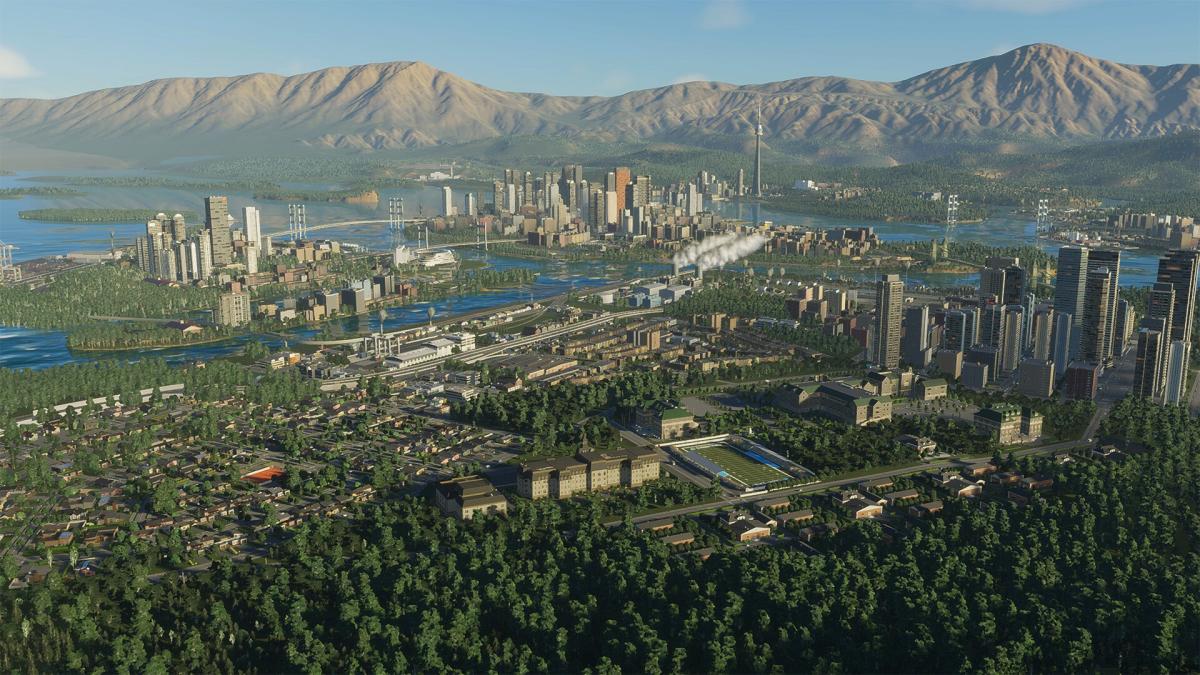

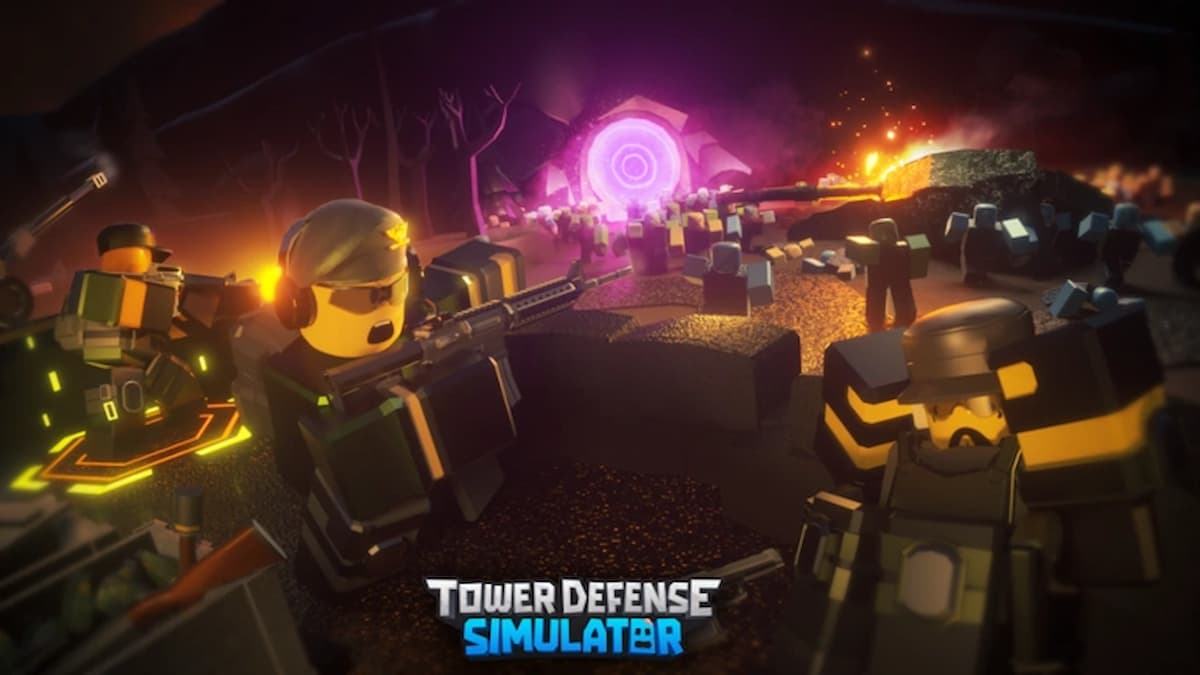




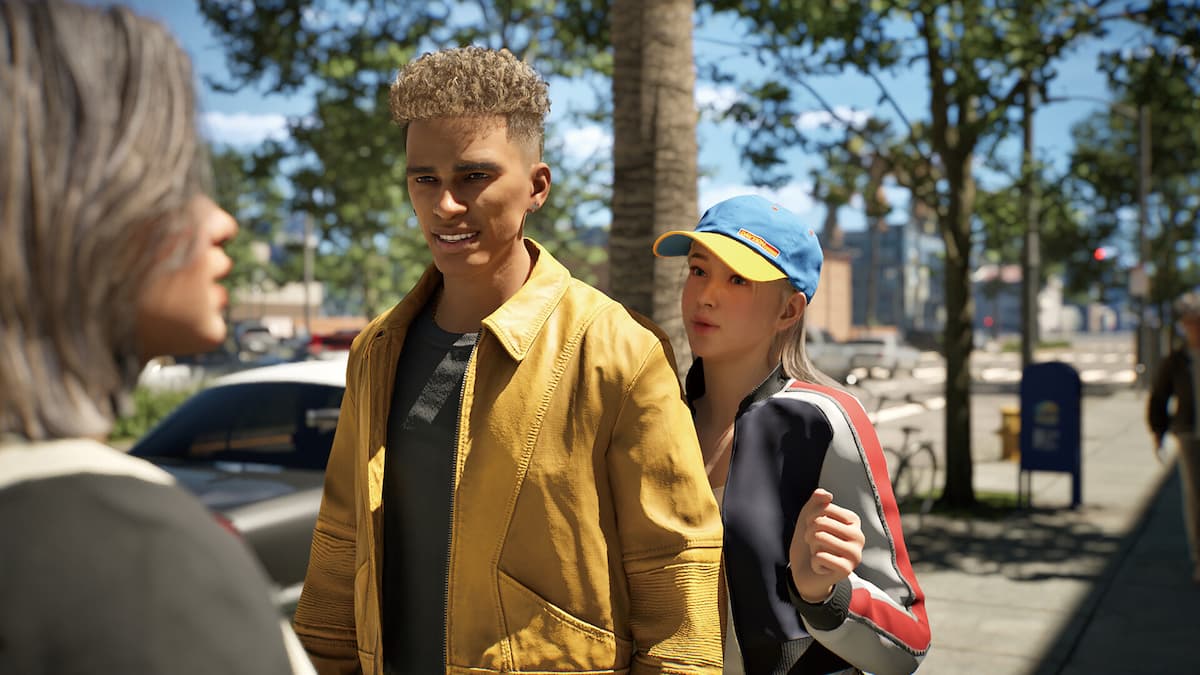
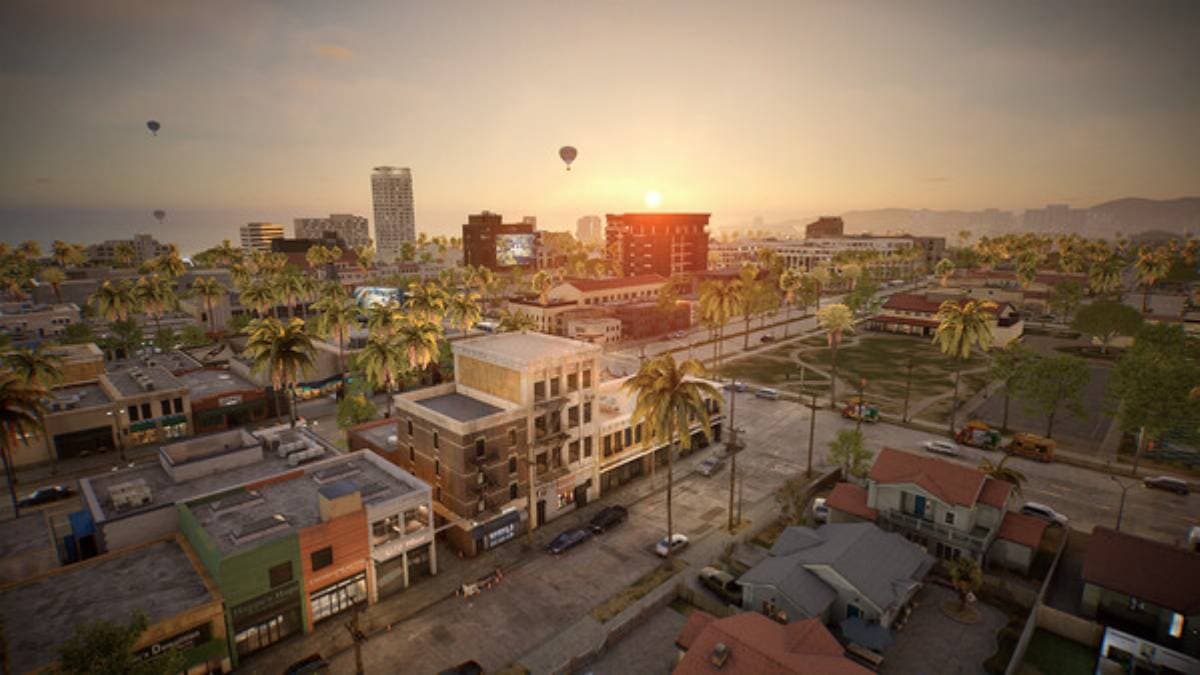

Published: Nov 4, 2023 05:05 am